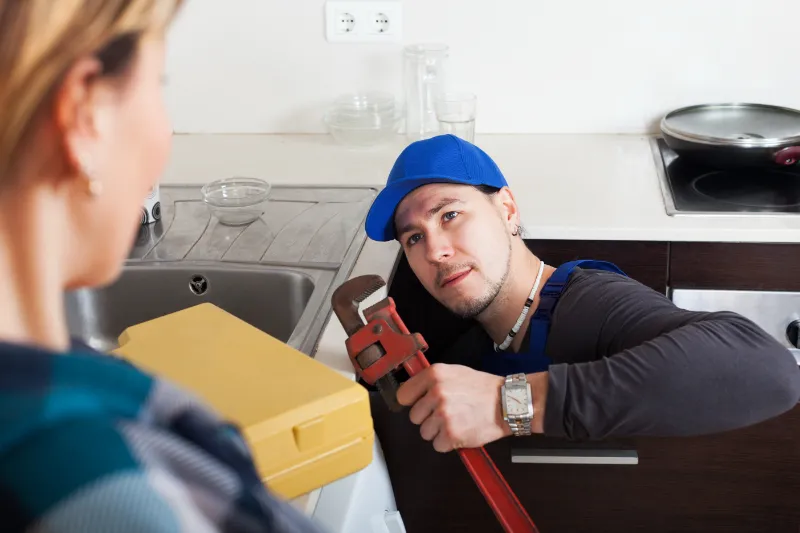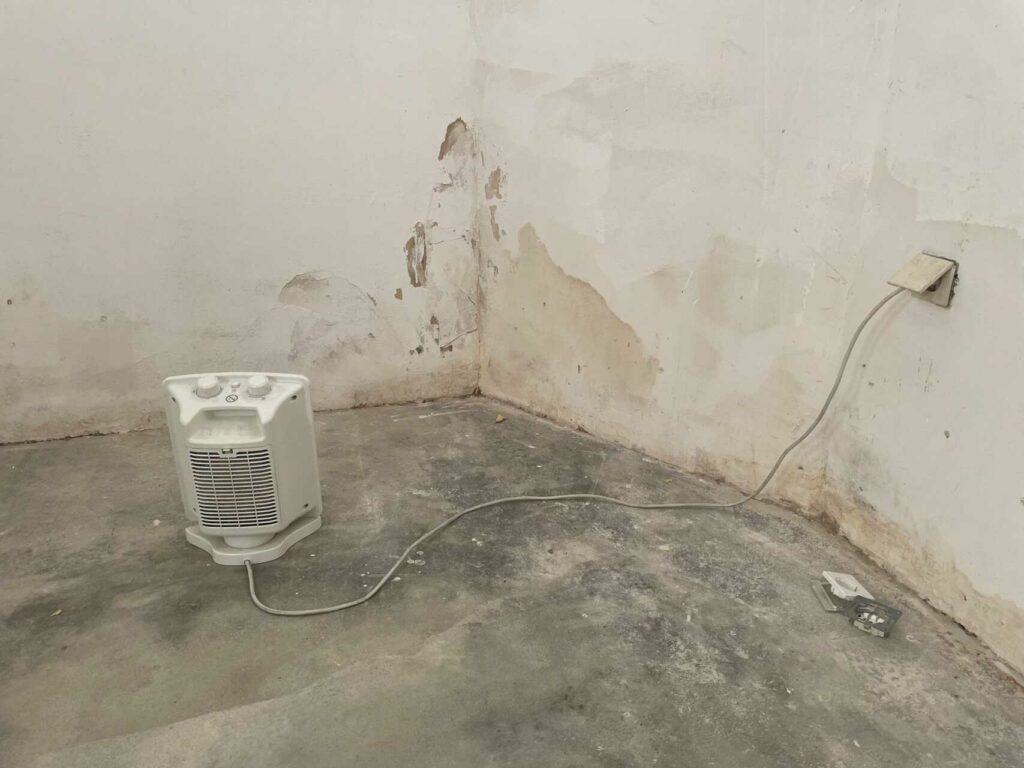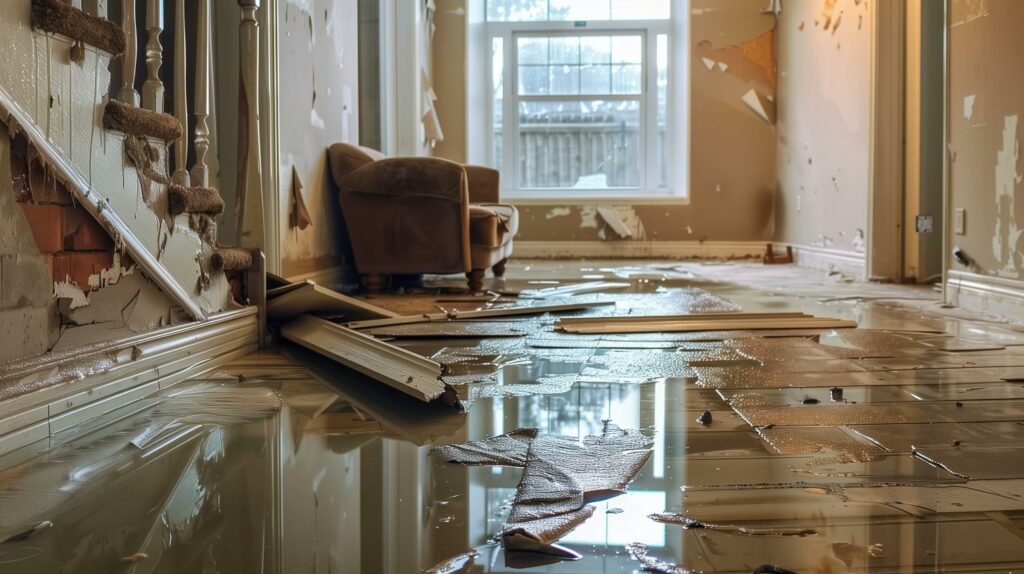Contents
Are you ready to transform your home with your own two hands? What does DIY mean in plumbing? DIY home improvement is all about taking control and making your space truly your own.
In this article, we’ll explore what DIY home improvement means, the benefits it brings, and the challenges you may face.
Get ready to roll up your sleeves and discover the essential tools and practical tips that will help you succeed in your DIY home improvement projects.
Let’s get started!
Key Takeaways
- DIY home improvement allows homeowners to save money and learn valuable skills.
- DIY projects can be customized to suit the homeowner’s preferences and personalize their living space.
- DIY projects have the potential to increase the value of the property.
- Safety precautions and planning are important aspects of successful DIY projects.
The Definition of DIY Home Improvement
To understand the concept of DIY home improvement, you need to know what it means to take on home improvement projects yourself. DIY stands for ‘do-it-yourself,’ and it refers to the practice of completing tasks and projects around your home without the help of professionals. DIY home improvement involves taking on various projects, such as painting walls, installing new fixtures, or even renovating entire rooms, all on your own.
The idea behind DIY home improvement is to empower homeowners to take control of their living spaces and make improvements without relying on outside help. It allows you to save money and learn valuable skills along the way. By taking on these projects yourself, you can customize your home to your liking and create a space that reflects your personal style and preferences.
DIY home improvement isn’t just about saving money or personalization; it’s also about serving others. By improving your home, you create a more comfortable and inviting space for yourself and your loved ones. It can also increase the value of your property, making it more appealing to potential buyers in the future. Additionally, DIY home improvement can inspire and motivate others to take on their own projects, fostering a sense of community and empowerment.
Benefits of DIY Home Improvement
When it comes to DIY home improvement, the benefits are numerous and can greatly enhance your living space. By taking on projects yourself, you not only save money but also develop new skills and gain a sense of accomplishment.
One of the main advantages of DIY home improvement is the cost savings. Hiring professionals can be expensive, but by doing the work yourself, you can significantly cut down on labor costs. Additionally, you have the freedom to choose materials and products that fit within your budget, allowing you to create a space that reflects your personal style without breaking the bank.
Another benefit of DIY home improvement is the opportunity to learn new skills. Taking on projects such as painting, tiling, or installing fixtures can teach you valuable techniques that can be used in future projects. Learning these skills not only saves you money in the long run but also gives you the confidence to tackle more complex projects in the future.
Moreover, DIY home improvement allows you to personalize your living space. By doing the work yourself, you have complete control over the design and functionality of your home. You can customize every detail to fit your preferences, creating a space that truly feels like your own. Whether it’s adding a fresh coat of paint, installing new lighting fixtures, or building custom furniture, DIY home improvement gives you the opportunity to create a space that’s unique and tailored to your needs.
Challenges of DIY Home Improvement
Taking on DIY home improvement projects can present various challenges that require careful consideration and planning. As you embark on your DIY journey, it’s important to be aware of these challenges in order to overcome them effectively and ensure successful outcomes. Here are some of the challenges you may encounter:
- Lack of Expertise: One of the main challenges of DIY home improvement is the lack of expertise in certain areas. While you may possess some skills, such as painting or basic carpentry, more complex tasks like electrical or plumbing work may require professional knowledge. It’s crucial to assess your abilities honestly and know when to call in a professional for assistance.
- Time and Patience: DIY projects often require a significant amount of time and patience. From planning and researching to gathering materials and executing the project, it can be a lengthy process. It’s important to set realistic timelines and be prepared for unexpected delays or setbacks. Remember to pace yourself and take breaks when needed to avoid burnout.
- Budget Constraints: Another challenge that DIY home improvement projects can present is budget constraints. It’s essential to create a detailed budget and stick to it. Researching prices, comparing options, and prioritizing expenses can help you make informed decisions and avoid overspending.
- Safety Considerations: Safety should always be a top priority when undertaking DIY projects. Working with power tools, handling chemicals, or climbing ladders can pose potential risks. It’s crucial to follow safety guidelines, wear protective gear, and take necessary precautions to avoid accidents or injuries.
- Permit and Code Compliance: Depending on the nature of your project, you may need to obtain permits or ensure compliance with local building codes. Failing to do so can result in fines or even having to undo the work. It’s important to research and understand the regulations in your area before starting any project.
Essential Tools for DIY Home Improvement
Equip yourself with the necessary tools for successful DIY home improvement projects. Having the right tools can make all the difference in the outcome of your projects. Whether you’re a seasoned DIYer or just starting out, having a well-stocked toolbox is essential. Here are some of the must-have tools for DIY home improvement:
| Category | Tools |
|---|---|
| Measuring | Tape measure, level |
| Cutting | Hammer, saw, utility knife |
| Fastening | Screwdriver set, drill |
| Painting | Paint brushes, rollers |
Measuring: A tape measure is crucial for accurately measuring spaces and materials. A level ensures that your projects are straight and level.
Cutting: A hammer is a versatile tool that can be used for a variety of tasks, from driving nails to removing old fixtures. A saw is essential for cutting materials such as wood and PVC pipes. A utility knife is handy for cutting through materials like drywall and carpet.
Fastening: A screwdriver set is a must-have for tightening or loosening screws. A drill is essential for drilling holes and driving screws more efficiently.
Painting: A good set of paint brushes is essential for achieving a smooth and even finish. Rollers are great for covering large areas quickly.
These are just a few of the essential tools for DIY home improvement. As you gain more experience and tackle different projects, you may find that you need additional tools. Remember to invest in quality tools that will last, as they will make your DIY projects easier and more enjoyable.
Practical Tips for Successful DIY Home Improvement
To ensure successful DIY home improvement projects, follow these practical tips:
- Plan and prioritize:
Start by making a detailed plan for your project, including the materials needed, timelines, and budget. This will help you stay organized and focused throughout the process. Prioritize tasks based on their importance and tackle them one at a time to avoid feeling overwhelmed. - Gather the right tools and materials:
Before starting any DIY project, make sure you have all the necessary tools and materials. This will save you time and frustration in the long run. Invest in quality tools that will last, and always have safety equipment such as goggles and gloves on hand. - Educate yourself:
Take the time to research and learn about the specific project you’re undertaking. Watch tutorials, read DIY books or articles, and seek advice from experts if needed. Having a good understanding of the process will give you the confidence to tackle the project effectively. - Start small:
If you’re new to DIY, it’s best to start with smaller and simpler projects. This will allow you to gain experience and build your skills before taking on more complex tasks. As you become more confident, you can gradually tackle larger projects. - Take breaks and ask for help:
DIY projects can be physically and mentally demanding. Remember to take breaks to rest and recharge. Don’t hesitate to ask for help when needed. Whether it’s a friend, family member, or professional, seeking assistance can prevent mistakes and ensure a successful outcome.
Conclusion
In conclusion, DIY home improvement is a cost-effective and rewarding way to enhance your living space. By taking on projects yourself, you can save money on labor costs and have the satisfaction of completing the work on your own.
However, it’s important to recognize the challenges that may arise and ensure you have the necessary tools and knowledge for success. With proper planning and the right mindset, DIY home improvement can be a fulfilling and enjoyable experience.




